- Have any questions?
- +380 (50) 50 73 903
- uapothecary.pharmacy@gmail.com
AKK (Aminocaproic acid) solution 50 mg/ml in 2 ml containers 10 pcs.
$22.59
Aminocaproic acid has antiallergic, antiviral effects, enhances the detoxification function of the liver. inhibits proteolytic activity associated with the influenza virus. aminocaproic acid blocks the interaction of the virus with sensitive cells at the early stages, and also inhibits the proteolytic processing of hemagglutinin.
Pharmacological properties
Aminocaproic acid has antiallergic, antiviral effects, enhances the detoxification function of the liver. inhibits proteolytic activity associated with the influenza virus. aminocaproic acid blocks the interaction of the virus with sensitive cells at the early stages, and also inhibits the proteolytic processing of hemagglutinin. as a result, the synthesis of the functionally active protein of the influenza virus is blocked, which ensures its infectious activity, and the number of daughter cells of the virus is reduced. aminocaproic acid not only exhibits antiviral activity, but also improves some cellular and humoral indicators of specific and nonspecific protection of the body during respiratory viral infections.
Indication
Treatment and prevention of influenza and acute respiratory viral infections in children and adults.
Application
For the prevention and treatment of influenza and acute respiratory viral infections, the drug is used topically (0.5-1.0 ml in the nose 3-4 times a day) and orally.
When used topically, it is recommended to instill (bury) 3-5 drops of the solution into each nostril every 3-4 hours.
Aminocaproic acid, if necessary, can be used in combination with other antiviral drugs (amizon, oseltamivir, etc.) and interferon and its inducers.
Intranasal instillations of aminocaproic acid (3-4 times a day) are advisable to be carried out during the epidemic period of influenza for the purpose of prevention, it is advisable to supplement it with oral (as in treatment) use of the drug when staying in foci of infection, after contact with a patient.
The drug is administered orally in doses:
- children under 2 years old – 1-2 g (20-40 ml of 5% solution per day) – 1-2 teaspoons 4 times a day (0.02-0.04 g/kg of body weight – a single dose), can be added to food or drinks;
- children aged 2-6 years – 2-4 g (40-80 ml of 5% solution per day) – 1-2 tablespoons 4 times a day;
- children over 7 years of age and adults – 4-5 g (80-100 ml of 5% solution per day), dividing the daily dose into 4 doses.
For accurate dosing of the solution, it is advisable to use a medical syringe without a needle with a volume of 10 or 20 ml.
The duration of taking aminocaproic acid orally for flu and SARS is 3-7 days.
The duration of treatment depends on the severity of the disease and is determined by the doctor individually. The doctor may also adjust the dose and prescribe a repeated course of treatment.
Contraindication
Hypersensitivity to the drug. with a tendency to thrombosis and thromboembolic diseases, coagulopathy due to diffuse intravascular coagulation, kidney disease with impaired function, during pregnancy and breastfeeding, with severe coronary artery disease.
Use with caution in cases of cerebral circulation disorders.
Side effects
Cardiovascular system: orthostatic hypotension, bradycardia, arrhythmias.
On the part of the digestive system: nausea, diarrhea.
From the side of the blood coagulation system: with prolonged use (more than 6 days) of high doses (for adults – 24 g/day) – hemorrhages.
From the side of the central nervous system: headache, dizziness, tinnitus, convulsions.
Others: allergic reactions, skin rashes.
Special instructions
Pregnancy and breastfeeding. The drug is contraindicated during pregnancy and breastfeeding.
If necessary, use of the drug should be discontinued.
Children. There are no data on restrictions on the use of the drug in children.
Ability to influence the reaction rate when driving vehicles or working with other mechanisms. During the treatment period, you should refrain from driving vehicles and performing potentially dangerous activities due to possible adverse reactions from the central nervous system.
Interactions
The severity of the effect is reduced by anticoagulants and antiplatelet agents of direct and indirect action.
Overdose
Hypercoagulability, thrombosis. To eliminate increased thrombosis, the administration of rheosorbilact, physiological sodium chloride solution, Ringer’s solution is recommended. If there are indications, additional administration of dipyridamole or other anticoagulants is possible.
Storage conditions
In a dry, dark place at a temperature not exceeding 25 °C.

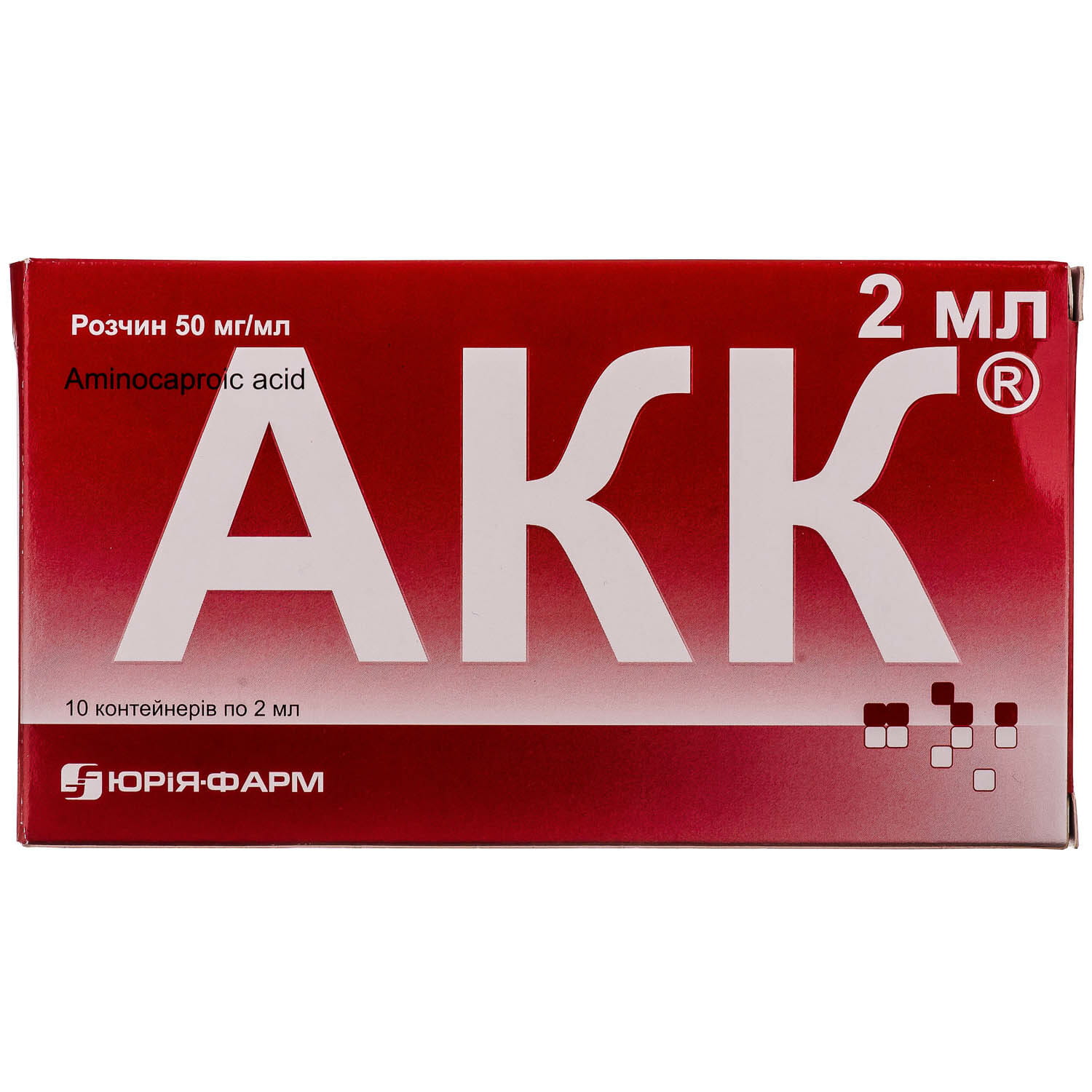

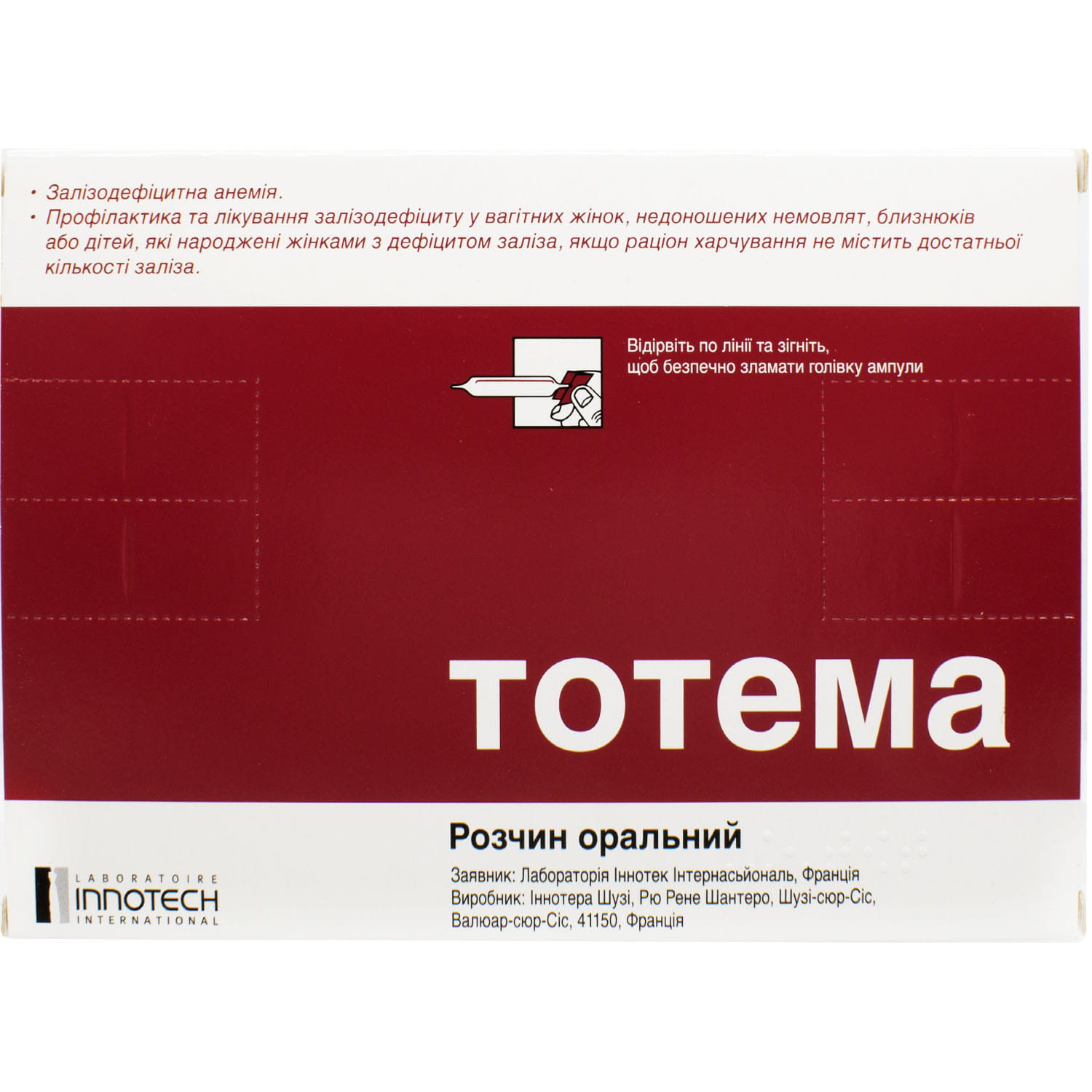
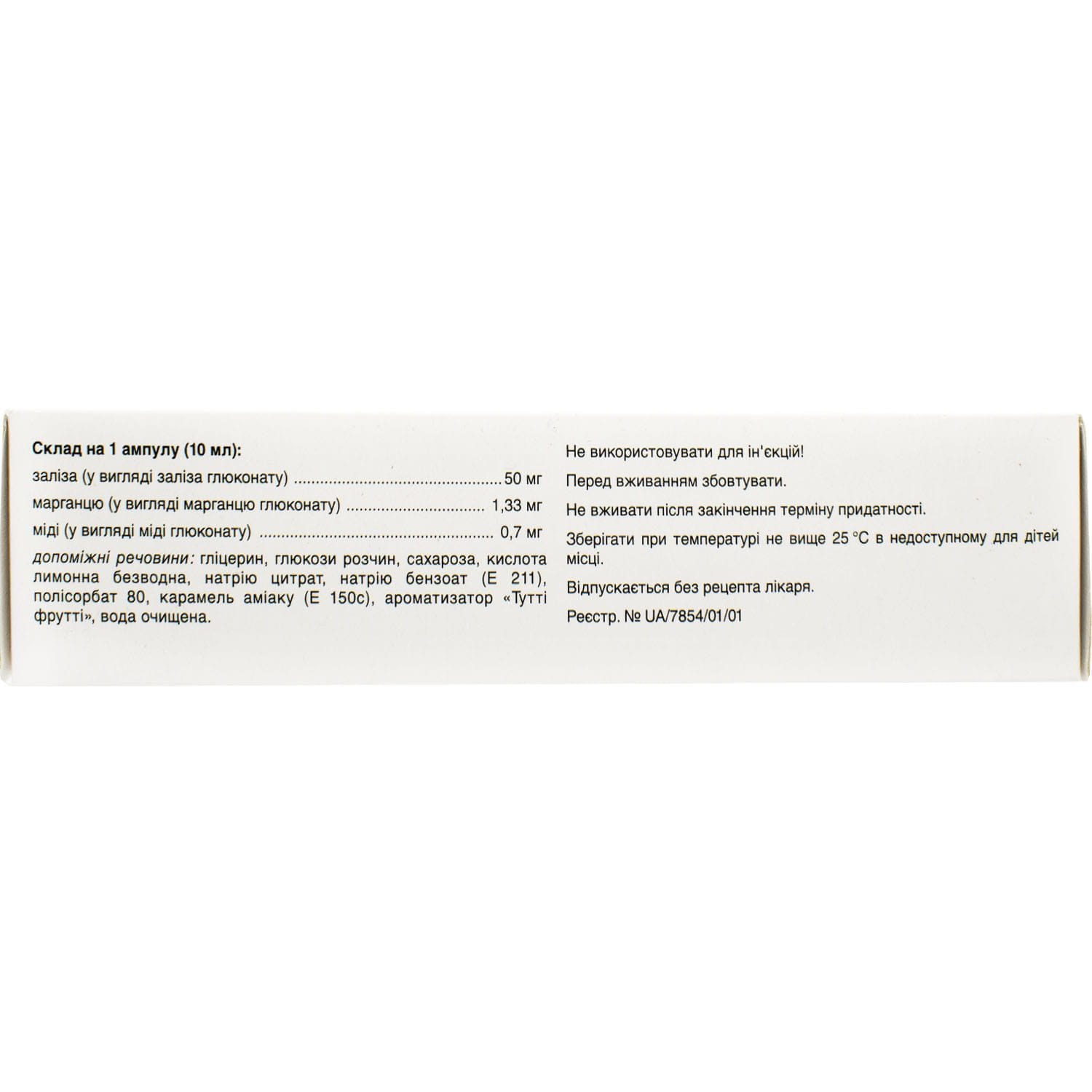
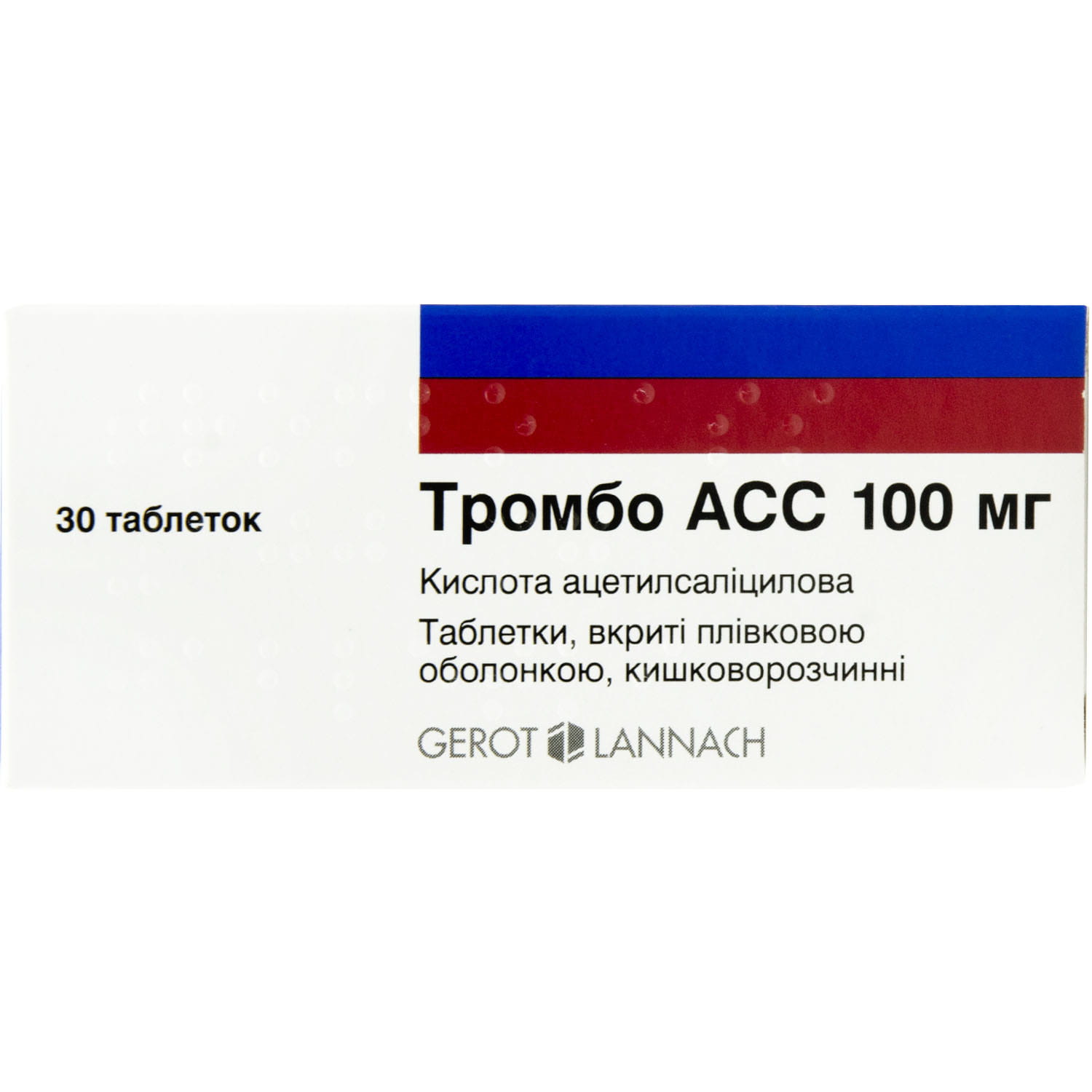
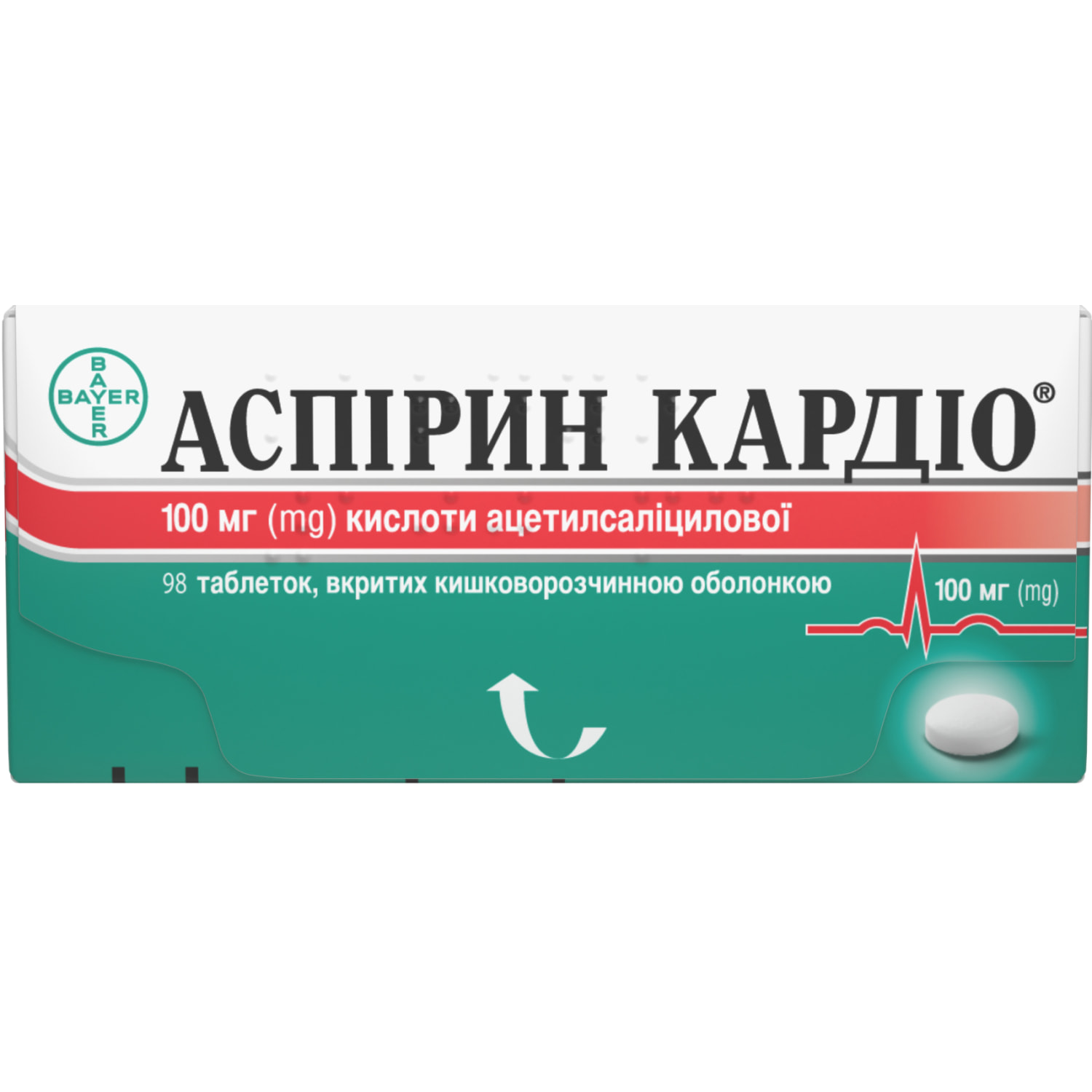
Reviews
There are no reviews yet.